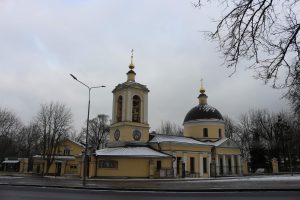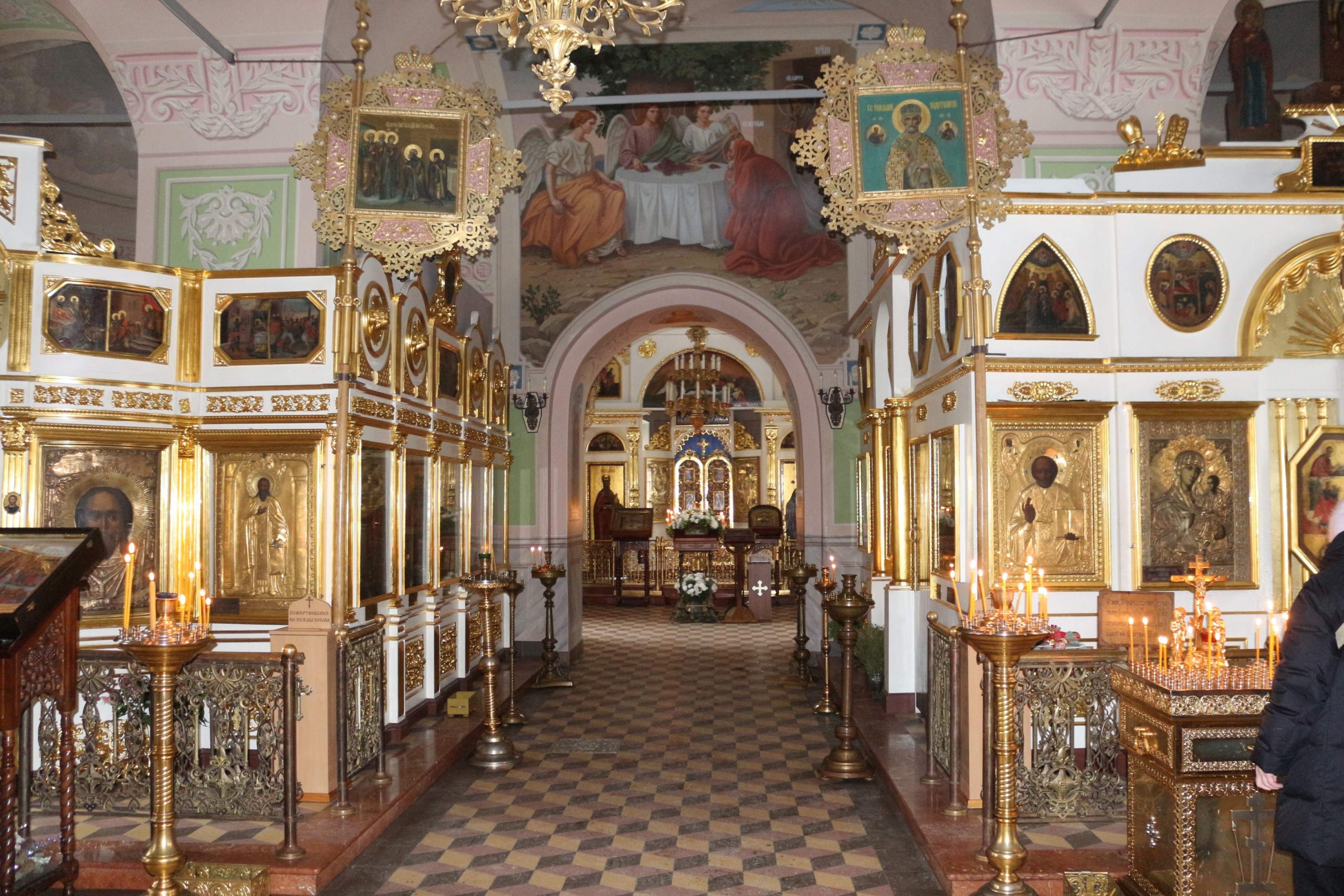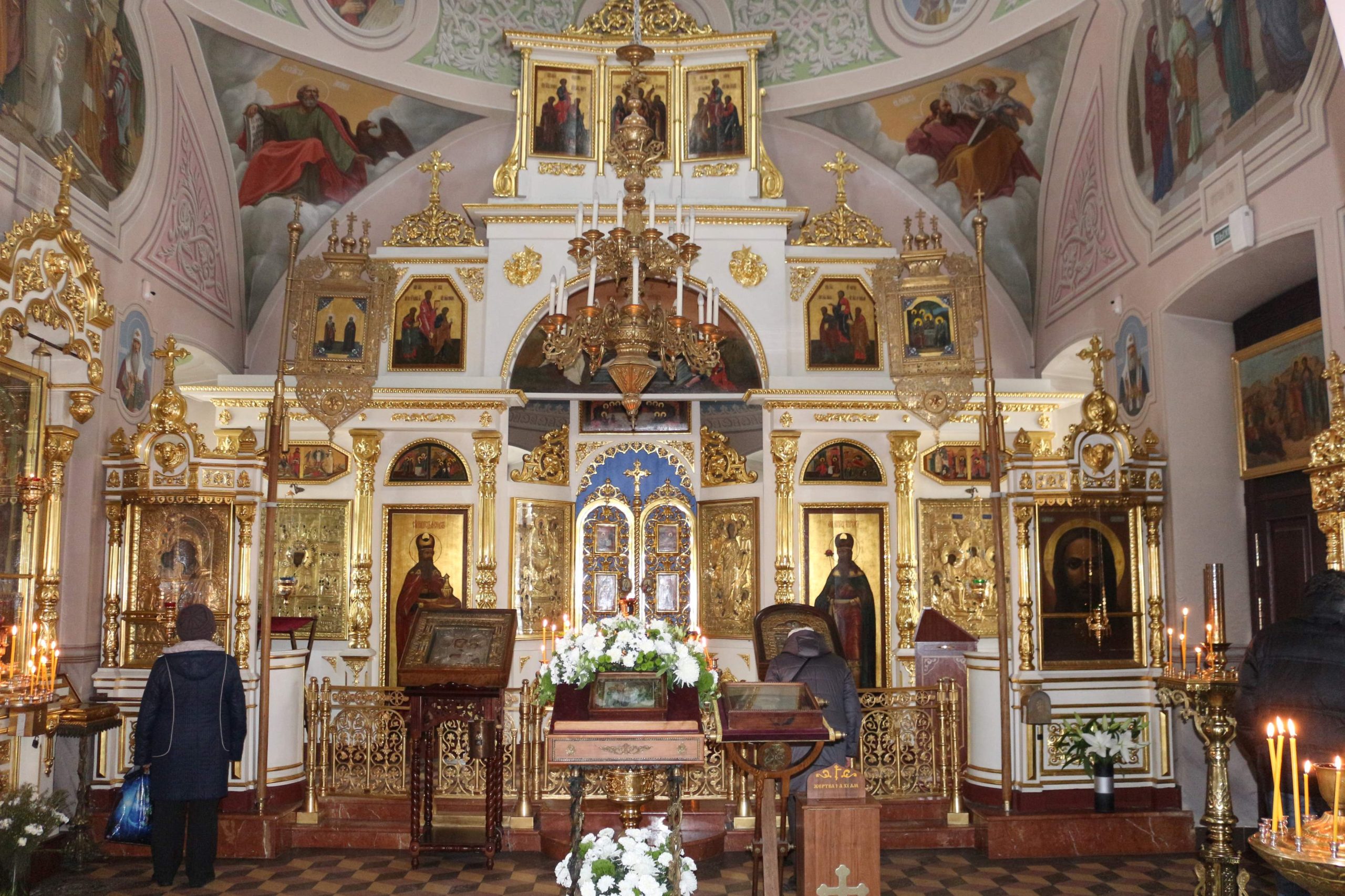Church of the Life-Giving Trinity on Vorobyovy Gory

The Church of the Life-Giving Trinity on Vorobyovy Gory has an ancient history and is closely connected with the palace village of Vorobyovo. The wooden church has existed here since ancient times, and already in the XV century, when the village was acquired by Grand Duchess Sofia Vitovtovna, wife of Prince Vasily I of Moscow and daughter of Grand Duke Vitovt of Lithuania, it was mentioned in the chronicles. The first known priest of the wooden church of the Holy Trinity was Father Titus, who served from 1628 to 1632. According to the parish registers of the Patriarchal State Order, in 1628 the church was listed among the “residential” churches in Moscow, being located “behind the Wooden City.” Before 1690 it was a member of the Prechistensky forty of Moscow, and since 1691 it was listed in the Suburban tithe. At the end of the 18th century, the temple building became very dilapidated, and by order of Catherine II it was dismantled. The last rector of the wooden church was Father Nikifor Vasiliev. The current building of the Trinity Church was built according to the project of the architect A.L. Witberg, known for creating the project of the Cathedral of Christ the Savior on Vorobyovy Gory. The temple, made in the style of late classicism, was built at the expense of parishioners and benefactors. Its first rector was Father Jacob Ilyin. The stone church was built near the site of the old wooden one, and in 1811 a white stone cross was erected on the site of its altar, which has survived to this day. During the restorations of 1958-1961 and 1998, a porch appeared on the western facade of the bell tower, as well as extensions on its sides. The territory of the temple is surrounded by a brick fence of the 19th century with a metal lattice. During the war of 1812, Mikhail Illarionovich Kutuzov prayed in the Trinity Church in front of the council in Fili. The temple survived the Napoleonic invasion. Until 1818, it belonged to the churches of the Moscow district, and on March 30, 1818 It was incorporated into the Zamoskvoretsky Forty of Moscow. The Trinity Church avoided closure during the Soviet era, which allowed its historic interior to be preserved. Despite the ban on bell ringing in Moscow, the bells continued to ring in this church. The church also survived the construction of the Moscow State University building in the middle of the 20th century. Nowadays, the church on Vorobyovy Gory has three altars: in honour of the Holy Trinity, St. Nicholas the Wonderworker and St. Sergius of Radonezh. In addition, the altar of St. Nicholas houses the side altar of St. Jonah, Metropolitan of Moscow. The temple building is an object of cultural heritage of federal significance “Trinity Church in Vorobyovo”.
Address: Moscow, Kosygina St., 30, building 1

